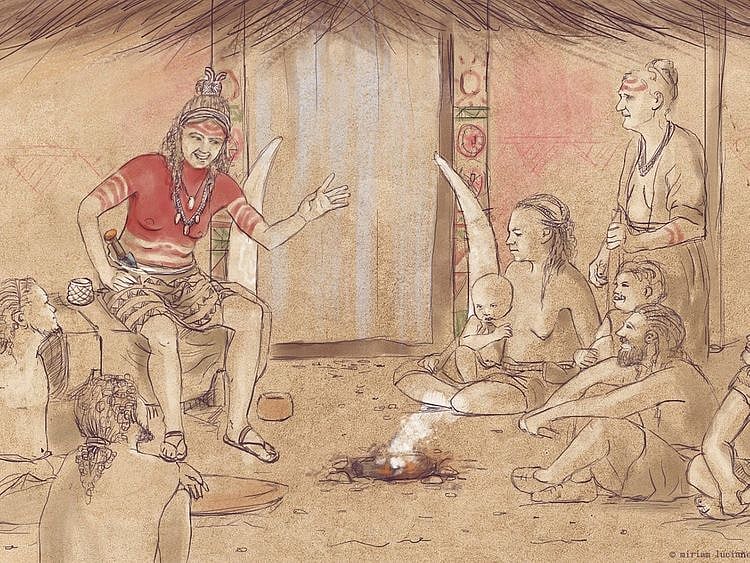Ancient society’s ‘Ivory Man’ was an ‘Ivory Lady’: Scientists
She is believed to have been most powerful and influential person nearly 5,000 years ago

PARIS: The “Ivory Man”, whose remains were found in an opulent tomb in Spain in 2008, is believed to have been the most powerful and influential person of his ancient society nearly 5,000 years ago.
There’s just one problem: the remains are of a woman, scientists have revealed.
They have renamed her the “Ivory Lady”.
Human remains are one of the only ways to understand the balance of power between the genders in ancient societies.
But it is often difficult to determine whether poorly preserved skeletons are those of men or women.
Even DNA can be difficult to extract from remains found in hot and dry climates such as Iberia, now modern day Spain and Portugal.
At a vast archaeological site at Valencina, near the southwestern Spanish city of Seville, several large and sophisticated tombs have been unearthed.
They date back to 2,900-2,650 BC, in a period known as the Copper Age.
Mass burials were the norm for this ancient Iberian society but in 2008 archaeologists discovered a tomb containing just one person.
A standard physical examination at the time determined the person was a male between 17 and 25 years old, according to a study published in the journal Scientific Reports on Thursday.
Lavish artefacts were found at the person’s side.
They included a large ceramic plate which showed chemical traces of wine and cannabis, a complete elephant tusk and many objects made of ivory - earning the person the nickname the “Ivory Man”.
The treasure trove suggested that the young person was “the most socially prominent” person in Iberia from 3,200 to 2,500 BC, the study said.
‘Surprise’
After years of studying this person, a team of researchers decided to find out if he was in fact male.
They used a new technique to test for a protein in the person’s teeth called amelogenin, which differs between the genders.
What they found “came as a surprise”, said the study’s lead author, Marta Cintas?Pena of Spain’s University of Seville.
The Ivory Man was a woman.
“To be completely sure, we sent a second tooth, and the analysis confirmed the first results,” she told AFP.
The researchers pointed out that the Ivory Lady’s tomb was close to a collective mortuary containing 15 women and similar ivory artefacts dating from a couple of generations later.
No male has been found buried in similar splendour in Valencina.
That there were no infant burials at the site suggested that the Ivory Lady achieved her lofty social position and power through “merit and personal achievement and did not ‘inherit’ it by birth”, the study suggested.
Cintas?Pena said that ancient societies are often considered to have been led by men but her research “shows that this was not necessarily the case”.
“This implies that we need not only to rethink what has been said for Copper Age Iberia but for the processes that led to social complexity worldwide.”
However French archaeologist Anne Augereau, who was not involved in the study, said to beware the “myth of primitive matriarchy”.
“No matriarchal society has been undeniably identified to date,” she told AFP.
Sign up for the Daily Briefing
Get the latest news and updates straight to your inbox
Network Links
GN StoreDownload our app
© Al Nisr Publishing LLC 2025. All rights reserved.